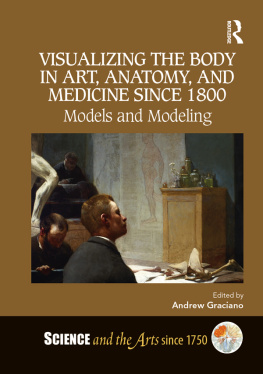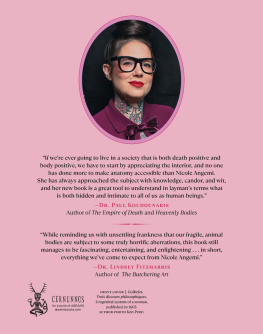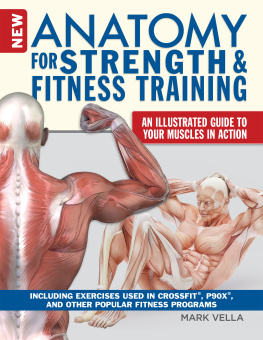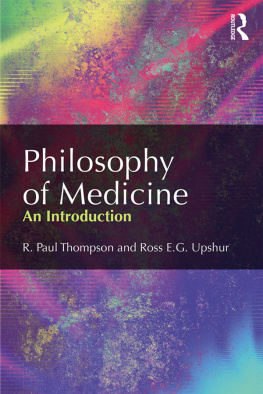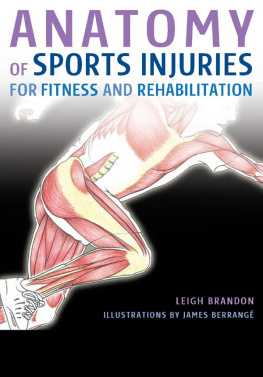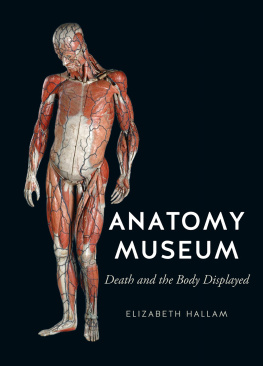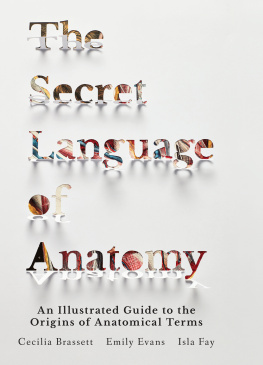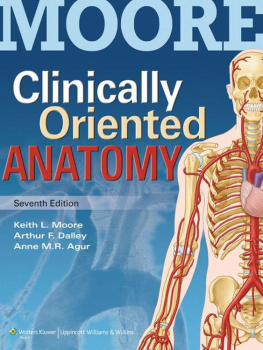
VISUALIZING THE BODY IN ART, ANATOMY, AND MEDICINE SINCE 1800
This book expands the art historical perspective on arts connection to anatomy and medicine, bringing together in one text several case studies from various methodological perspectives. The contributors focus on the common visual and bodily nature of (figural) art, anatomy, and medicine around the central concept of modeling (posing, exemplifying and fabricating). Topics covered include the role of anatomical study in artistic training, the importance of art and visual literacy in anatomical/medical training and in the dissemination (via models) of medical knowledge/information, and artistic representations of the medical body in the contexts of public health and propaganda.
Andrew Graciano is Professor
of Art History and the Director of Graduate Studies
(Studio Art, Media Arts, Art History, and Art Education)
at the University of South Carolinas School of
Visual Art and Design.
Cover image: Franois Sall (France, b.1839, d.1899). The anatomy class at the cole des beaux-arts, 1888. Oil on canvas, 218 299 cm. Art Gallery of New South Wales. Purchased 1888. Photo: AGNSW, Diana Panuccio.
Science and the
Arts since 1750
Series Editor:
Barbara Larson, University of West Florida
This series of monographs and edited volumes explores the artspainting and sculpture, drama, dance, architecture, design, photography, popular culture materialsas they intersect with emergent scientific theories, agendas, and technologies, from any geographical area from 1750 to now.
For a full list of titles in this series, please visit https://www.routledge.com/Science-and-the-Arts-since-1750/book-series/ASHSER4039
Visualizing the Body in Art, Anatomy, and Medicine since 1800
Models and Modeling
Edited by Andrew Graciano
Art, Technology and Nature
Renaissance to Postmodernity
Edited by Camilla Skovbjerg Paldam and Jacob Wamberg
The Organic School of the Russian Avant-Garde
Natures Creative Principles
Isabel Wnsche
Science, Technology, and Utopias
Women Artists and Cold War America
Christine Filippone
Photography, Natural History and the Nineteenth-Century Museum
Exchanging Views of Empire
Kathleen Davidson
Visualizing the Body in Art, Anatomy, and Medicine since 1800
Models and Modeling
Edited by
Andrew Graciano

First published 2019
by Routledge
52 Vanderbilt Avenue, New York, NY 10017
and by Routledge
2 Park Square, Milton Park, Abingdon, Oxon, OX14 4RN
Routledge is an imprint of the Taylor & Francis Group, an informa business
2019 Taylor & Francis
The right of Andrew Graciano to be identified as the author of the editorial material, and of the authors for their individual chapters, has been asserted in accordance with sections 77 and 78 of the Copyright, Designs and Patents Act 1988.
All rights reserved. No part of this book may be reprinted or reproduced or utilised in any form or by any electronic, mechanical, or other means, now known or hereafter invented, including photocopying and recording, or in any information storage or retrieval system, without permission in writing from the publishers.
Trademark notice: Product or corporate names may be trademarks or registered trademarks, and are used only for identification and explanation without intent to infringe.
Library of Congress Cataloging-in-Publication Data
A catalog record for this title has been requested
ISBN: 978-1-138-54437-6 (hbk)
ISBN: 978-1-351-00402-2 (ebk)
Typeset in Palatino by
Servis Filmsetting Ltd, Stockport, Cheshire
For my children, Estella and Gavin, with love.
Contents
Rebecca Messbarger
Andrew Graciano
Andrew Graciano
Dorothy Johnson
Josh Hainy
Wei Yu Wayne Tan
Antoine Gallay
Rose Holz
Niria Leyva-Gutirrez
Amanda Wangwright
Natasha Ruiz-Gmez
Brittany Lockard
FIGURES
PLATES
Pondering and writing about An Academy by Lamplight (1769) by the famed artist, Joseph Wright of Derby (17341797), in 2012, sparked my interest in the intersection of art pedagogy and anatomical study. Around the same time, I accompanied a colleagues life-drawing class on a visit to the University of South Carolina School of Medicines Gross Anatomy Laboratory, where medical students dissect and study cadavers gifted to the school. To witness the students sketching open and desiccated corpses, and to listen to the dialogue among art and medical students, was an inspiration that compelled me to develop a course about the role of art in anatomy and medicine and vice versa. Researching the materials for the course led me to consider the breadth and depth of scholarship on the subject, in multiple disciplines. In 2015, I was awarded a Provosts Humanities Grant from my institution to fund a two-day symposium, Art, Anatomy, and Medicine since 1700, which was held at the Columbia Museum of Art in 2016. The symposium brought together a dozen scholars from North America and Europe, as well as over 200 engaged audience members. Many thanks are owed to the speakers, whose scholarly participation made the event a great pleasure for all. I would also like to thank the University of South Carolinas Provosts Office for funding my symposium idea so generously; the Columbia Museum of Art and its staff, especially the Deputy Director, Joelle Ryan-Cook, and Event Planning Intern, Caroline Negus, for hosting and promoting the event so effectively; Dr. Erika Blanck at the School of Medicine for allowing access to the Anatomy Lab; Ruth Riley, Director of Library Services at the School of Medicine; and Robin Simon, editor of the British Art Journal, who published my piece on Wrights academy painting.
The symposium, of course, led directly to this book project, which includes five symposium speakers among the eleven contributors. The contributing authors have been an amazing group with which to work and I am forever grateful for their cooperation and patience, intellectual inspiration, and professional support. For reading and discussing with me much of the recent scholarship, including several chapter drafts for the present volume, I thank the undergraduate and graduate students in the several seminars devoted to the topic since 2015. There are too many to list, but each influenced the outcome of the book in their own way and I am grateful for their contribution to the improvement of significant portions of the text.
Many thanks are also due to Isabella Vitti, at Routledge, and Barbara Larson, series editor for Science and the Arts since 1750, for their feedback and advice, for their professionalism and courtesy, and for guiding this book to publication.
Finally, I owe a great debt of gratitude to my wife and children. Without their support, patience, and encouragement, none of the above would have been possible.
Antoine Gallay is a doctoral candidate at the University of Geneva and the University Paris-Nanterre. He is currently investigating the relationship between art and science in Louis XIVs reign, especially in the work of the engraver Sbastien Le Clerc. His larger research interests include artistic and scientific practices from the seventeenth to the nineteenth centuries, the history of optics, perspective and visual apparatuses, and the history of scientific illustration.

